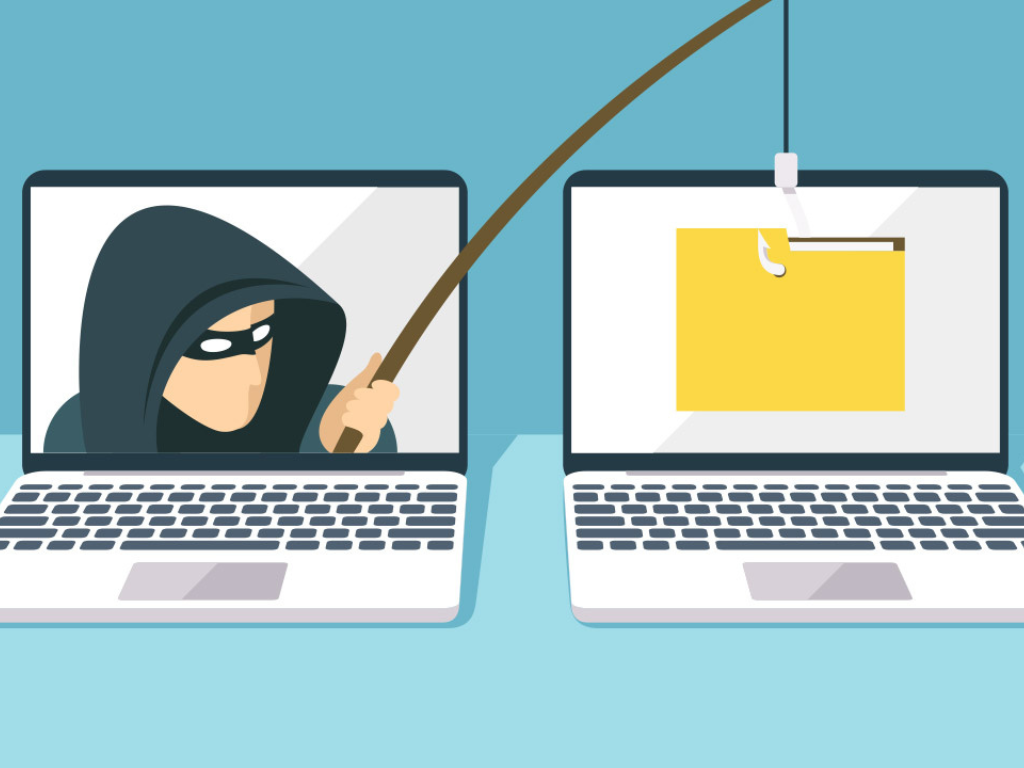The challenges of remote management
It is no longer just an alternative, but a structural component of our organisation. For managers, this transition represents a major challenge: it is no longer a question of transposing old methods into a digital environment, but of reinventing their approach to maintain productivity and harmony. Physical distance requires us to rethink communication, build trust and find new ways to boost the motivation and commitment of each employee. Agility is therefore becoming an essential managerial skill for navigating this new ecosystem.
The main human challenge lies in the ability to preserve team cohesion and a sense of belonging. Without the informal interactions that take place around the coffee machine or at lunch, there is a real risk of employees becoming isolated, which can seriously undermine their well-being. Managers must therefore become architects of relationships, creating rituals and specific moments of interaction to nurture interpersonal relationships and maintain a strong corporate culture. Active listening and psychological proximity, despite geographical distance, are fundamental to detecting weak signals and ensuring that no one feels disconnected from the group.
Beyond social ties, the issue of performance is crucial. How can collective and individual effectiveness be guaranteed without falling into the trap of excessive surveillance? The challenge is to maintain a high level of commitment and productivity based on the principles of autonomy and accountability. This requires perfectly clear objectives and a new way of measuring each person’s contribution, focusing more on results than on time spent at work. Remote managers must therefore develop skills to lead their teams, give constructive feedback and celebrate successes, even through a screen, in order to boost intrinsic motivation.
How to effectively manage teams remotemy?
Successfully managing a remote team relies less on tools than on a renewed managerial approach focused on people, clarity and trust. Efficiency can not be imposed; it is built through a series of intentional practices that create a structured yet flexible working environment. The manager becomes a true conductor, whose role is to harmonise efforts, facilitate communication and ensure that each team member has the resources they need to reach their full potential, wherever they are. This is a profound transformation that requires new skills and a great capacity for adaptation.
Adapt working and communication methods
The first step towards effective remote management is to completely rethink communication and organisational flows. It is unrealistic to believe that methods that worked in person will be as effective behind a screen. It is essential to establish a clear framework, for example by defining which communication channels to use for which types of messages. The challenge is to find the right balance between synchronous and asynchronous exchanges in order to respect everyone’s rhythms and avoid the fatigue associated with hyperconnectivity. Establishing rituals, such as a short team meeting at the beginning of the week to align priorities and another more informal meeting to maintain social ties, helps to structure collaboration without making it cumbersome. To achieve this, it is essential to develop the specific skills required for good remote management.
Monitor activity without micromanaging
One of the biggest pitfalls of remote management is micromanagement, which often stems from a need for control in the face of uncertainty. However, this practice is counterproductive: it erodes trust, stifles autonomy and demotivates employees. The healthiest approach is to implement activity monitoring based on results rather than task surveillance. This involves using shared project management tools that provide visibility on the progress of assignments, combined with regular, individualised follow-ups. The aim of these exchanges is not to control, but to coach: to understand obstacles, provide support and give constructive feedback. By doing so, managers show that they are facilitators, fully focused on the success of their team.
Set clear and measurable objectives
For autonomy to work, it must be guided by clear direction. That is why setting clear, ambitious and measurable goals is absolutely fundamental in remote management. Using methodologies such as SMART objectives (Specific, Measurable, Attainable, Realistic, Time-bound) leaves no room for ambiguity. Each team member must know exactly what is expected of them, how their contribution fits into the overall project and what the indicators of success are. This transparency about expectations not only aligns individual efforts with the collective strategy, but also empowers employees to better prioritise their work and measure their own progress.
Establish professional relationships based on trust
More than any other factor, trust is the real glue that holds a high-performing remote team together. It can not be imposed; it must be earned and maintained on a daily basis through concrete actions. Managers must lead by example, demonstrating complete transparency in their communication, honouring their commitments and placing trust in their employees from the outset. It is also their responsibility to create a psychologically safe environment where everyone feels free to express themselves, ask questions and even admit their mistakes without fear of being judged. Organising informal discussions, showing empathy and taking a sincere interest in the well-being of their teams are simple but powerful ways to strengthen managerial proximity and build strong bonds despite the distance.
Choose the right tools for remote management
With the shift towards digital communication, choosing the right technology is crucial, but it must remain a consequence of management strategy, not the other way around. There is no universal miracle solution; the best digital tools are those that support the collaboration, communication and culture you want to establish. A common mistake is to use multiple platforms, creating unnecessary complexity and additional mental load for teams.
The digital toolkit of the remote manager generally revolves around three main pillars. The first is communication, with instant messaging platforms for rapid, asynchronous exchanges and videoconferencing solutions for structured meetings and team rituals. The second pillar is collaboraton and organisation, which aims to centralise information and streamline project monitoring. Shared workspaces, task management boards and collaborative documents give everyone a clear view of progress towards objectives and who is doing what, thereby enhancing trabsparency and autonomy.
The importance of training in remote management practices
Remote team management can not be improvised; it requires a set of new and specific skills that must be acquired and perfected. Thinking that a good face-to-face manager will instinctively perform well remotly is a mistake that can be costly in terms of disengagement, decreased performance and loss of talent. Remote management is a real skill that must be learned, practiced and continuously adpated. It requires managers to be more intentional in their actions, to have greater emotional intelligence in order to pick up on subtle non-verbal cues, and to be highly agile in juggling digital tools and new human dynamics.
This is why investing in manager training is a strategic decision for any organisation that wants to successfully transition to hybrid or fully remote working models. Dedicated learning programmes provide managers with the methodological framework, facilitation techniques and appropriate attitude to overcome the challenges of distance working. To meet these challenges, it is crucial to support managers working remotely with programmes that enable them to develop their confidence and leadership skills in this digital environment. Training means giving yourself the means to build a remote working environment that is both efficient and fulfilling for employees.









